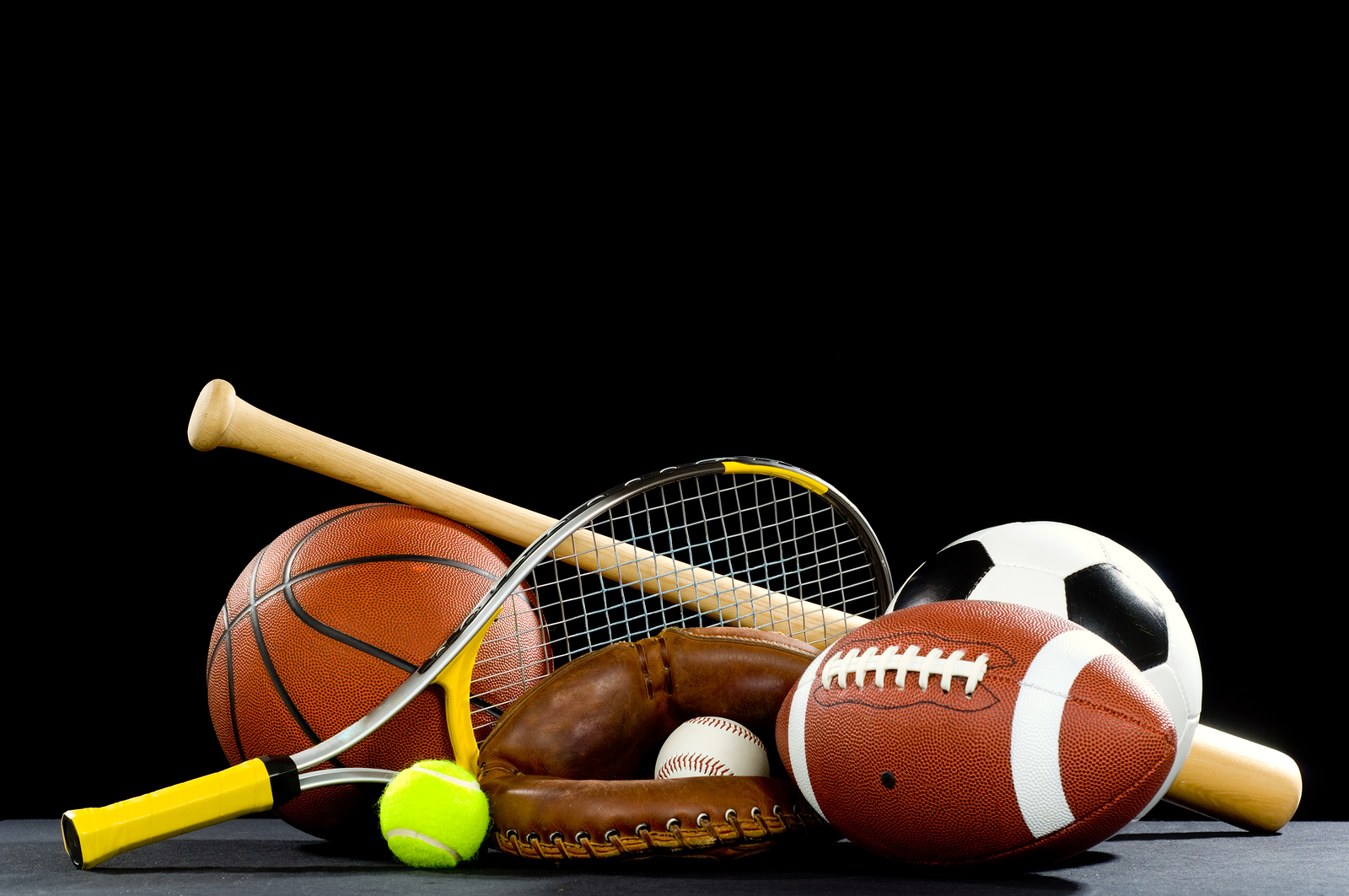Nobel laureates and Olympic athletes have more in common than meets the eye. Both reach the pinnacle of success in their endeavors thanks to individual talent, dedication and persistence. Equally important is the institutional infrastructure for excellence the United States’ colleges and universities provide. Unfortunately, that infrastructure is undergoing transformational changes that may undercut its value for all, including the world’s scientists and athletes.
America’s higher education system — an industry that in 2023 brought in more than $550 billion in revenue and with more than 18 million students enrolled and 3 million employed — is at a crossroads because of the economic, cultural and political disruptions threatening our campuses. Science and sports may be at the end of university life, but they are canaries in the same coal mine.
The Institute for Immigration Research’s annual report on foreign-born Nobel laureates consistently shows that immigrants to the United States figure prominently in the final Nobel scorecard, comprising 15 percent of all Nobel Prizes awarded since 1901. These 148 immigrant laureates have made lasting contributions across all Nobel Prize fields, benefiting humankind for decades.
Even in an “off year” like 2022, when there were no immigrant Nobel laureates from the United States, connections to U.S. campuses abound. Three of the 2022 laureates were foreign-born individuals with significant collaboration with U.S. scientists through professional activities, including patents, co-authored publications, postdoctoral research positions or visiting professorships. The pathway to extraordinary scientific achievement often runs through American colleges and universities’ classrooms, labs and lecture halls.
The same is true for Olympic athletes. Many of the 400 current and former collegiate athletes on Team USA this year are foreign-born. Kenyan-born marathoner Leonard Korir competes for Team USA after running for Iona College and enlisting in the U.S. Army. Joel Embiid, born in Cameroon, played basketball at the University of Kansas and in the NBA. He chose to join the U.S. basketball team to pursue gold in Paris.
There are more U.S. college athletes competing on behalf of other countries. More than 1,100 current, former and incoming NCAA athletes competed at the Paris Games — 10 percent of all 2024 Olympians. U.S. campuses are the training grounds for the world’s top athletes, just as they are the petri dishes for world-class scientists.
However, there is trouble in paradise for sports and science. Middle-distance runner Natoya Goule-Toppin, whose college career included stops at three U.S. universities, represents one marker of uncertainty in college athletics. The NCAA transfer portal allows student-athletes to seek the best school to showcase their talent — and perhaps ink a lucrative name, image and likeness (NIL) endorsement deal. A recent bill before the U.S. House would make international student-athletes NIL-eligible. On the other side, teams and coaches are competing to attract top talent from overseas and from other U.S. schools.
Competition for student-athletes, fueled by schools and players, may undercut the student and alumni fan base that has made college athletics a multi-billion-dollar business. Since 2021, 20,000 Division 1 athletes annually put their names and resumes into the portal with just under 60 percent changing schools.
Meanwhile, broad-based attacks on America’s colleges and universities focus on spiraling costs and question the value of a college degree. A shrinking student pool, along with charges of elitism and “woke ideology,” has led to growing discontent among faculty and staff, who are leaving universities to continue their work in other settings or to retire early. With cuts in research funding and no increase in state and local support since the late 1970s, America’s campuses struggle to stay internationally competitive.
At the same time, corporate interests continue their efforts to monetize campus life from dining halls and housing to endowment financial management. In 2022, Blackstone acquired American Campus Communities, a major player in the student-housing market, for $13 billion. In finance, Tom Steyer, 2020 presidential candidate and founder and former co-senior-managing-partner of Farallon Capital, obtained a $300 million investment from Yale University that expanded the university’s endowment from $1 billion to over $30 billion in 30 years. Other wealthy institutions followed suit.
Sports, including the gambling industry, also got into the game. In what has been called the Caesar-ization of college sports, several universities have signed multi-million dollar deals with online sports betting companies or brick-and-mortar casinos. The players may change, but athletic directors and gaming industry executives are betting that gambling may be a way to reverse declining attendance by increasing TV and online audiences for revenue-generating sports such as college football programs.
Olympic medals and Nobel prizes may be the crown jewels, but the entire higher education enterprise is in peril. It is time for leaders in education, politics and business to get serious about preserving America’s higher education landscape. Foreign-born individuals make significant contributions to the country in sports and science, and the institutional infrastructure of America’s higher education system attracts and nurtures them. This system is now threatened by those who seek short-term economic and political profit that may undermine the entire system.


